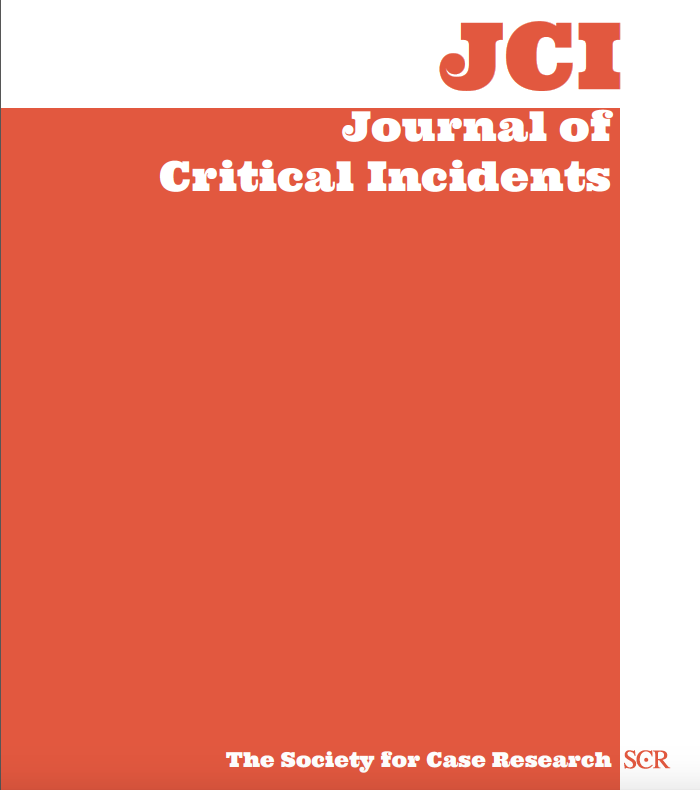The Springfield Foundation: A Case for Simplifying?

This critical incident uses the backdrop of a community foundation’s investment committee to explore the dynamics between traditional investment theory and behavioral finance. It also provides students an opportunity to consider expense and returns. The critical incident centers on a new board member as she learns the intricacies of the investment committee and its decisions for a $72 million portfolio. By giving a real-life example of a board member processing these issues, the critical incident allows students to see the bigger picture of portfolio management. This real-world context enables a rich class discussion of the nuances of advisory committee and invites students to consider why asset allocations change and the role of expense ratios in an effort to assess the portfolio’s returns.
After discussing the critical incident, students should be able to:
1. Recognize the role of investor psychology on investment decisions
2. Compare and contrast traditional investment theory and behavioral finance theories
3. Discuss the historical relationship between risk and return for various assets and portfolio allocations
4. Evaluate the role that expense ratios play in realized returns for active vs. passive mutual funds
Application
This decision critical incident is intended primarily for undergraduates in a financial management, investment analysis, or portfolio analysis course.
